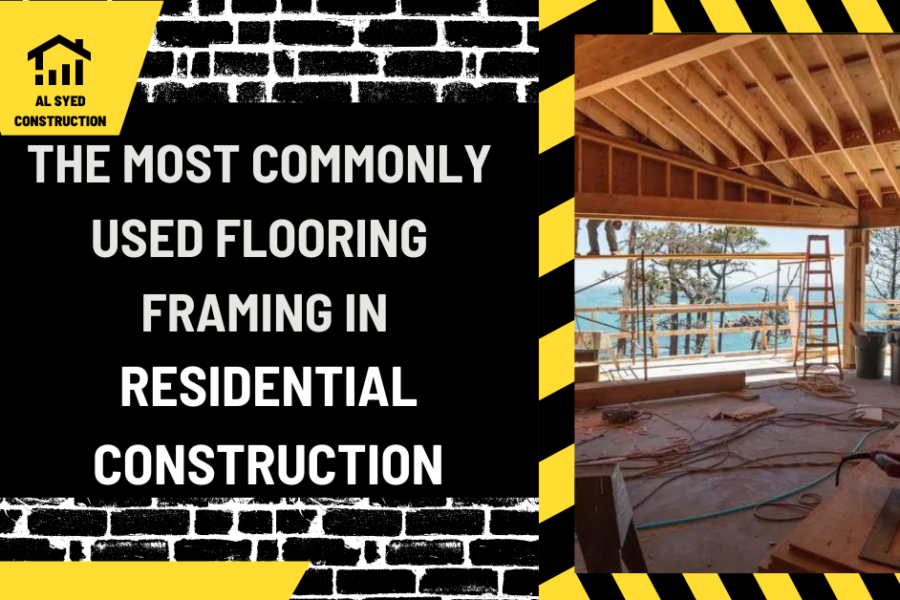The Most Commonly Used Flooring Framing in Residential Construction
When it comes to residential construction, flooring framing plays a crucial role in providing structural support and stability to the entire building. Understanding the different types of flooring framing systems commonly used in residential construction can help builders and homeowners make informed decisions about their construction projects. In this article, we will explore the most common types of flooring framing used in residential construction and discuss their advantages and disadvantages.
Traditional Platform Framing
Traditional platform framing, also known as stick framing, is one of the most common flooring framing methods used in residential construction. In this method, individual joists are attached to the top plates of the walls, creating a platform on which the subfloor is then installed. This type of framing is popular due to its simplicity and cost-effectiveness.
One of the main advantages of traditional platform framing is its versatility. Builders can easily adjust the layout of the framing to accommodate different floor plans and architectural designs. However, traditional platform framing may require more lumber than other framing methods, which can increase costs.
Engineered Wood I-Joists
Engineered wood I-joists are another popular choice for flooring framing in residential construction. These joists are made from engineered wood products, such as laminated veneer lumber (LVL) or oriented strand board (OSB), which are designed to be stronger and more stable than traditional lumber.
One of the main advantages of engineered wood I-joists is their strength-to-weight ratio. This allows builders to create longer spans between supports, which can help reduce the number of load-bearing walls and columns required in a building. Additionally, engineered wood I-joists are often more uniform in size and shape than traditional lumber, which can help reduce waste during construction.
Steel Joists
Steel joists are another alternative to traditional lumber for flooring framing in residential construction. Steel joists are lightweight, strong, and resistant to rot and insect damage, making them an attractive option for builders looking for a durable and long-lasting flooring framing solution.
One of the main advantages of steel joists is their strength. Steel joists can support heavier loads than traditional lumber, which can be beneficial in areas with high snow loads or seismic activity. Additionally, steel joists are non-combustible, which can help improve the fire resistance of a building.
Conclusion
In conclusion, there are several types of flooring framing systems commonly used in residential construction, each with its own advantages and disadvantages. Traditional platform framing is popular due to its simplicity and cost-effectiveness, while engineered wood I-joists offer increased strength and stability. Steel joists are a durable and long-lasting option, particularly in areas with high snow loads or seismic activity.
Overall, the choice of flooring framing system will depend on the specific requirements of the construction project, including budget, design, and environmental factors. By understanding the different types of flooring framing available, builders and homeowners can make informed decisions that meet their needs and ensure the structural integrity of their buildings.




